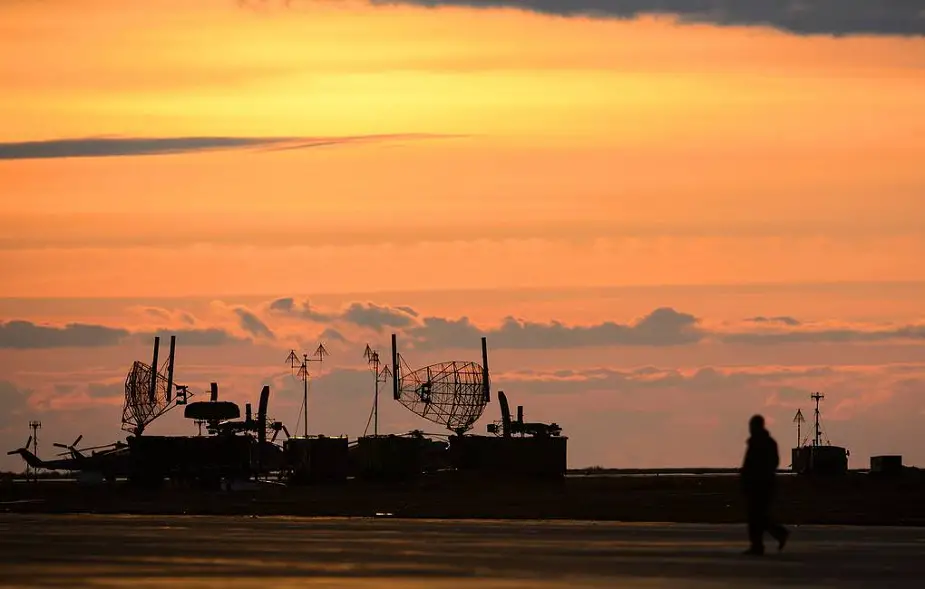Russia’s General Staff has decided to increase the number of latest Rezonans-N radar stations capable of detecting hypersonic targets from five to ten in the Arctic, a source in the defense industry told TASS on January 20.
 The General Staff has decided to deploy in Russia’s north five more Rezonans-N radars capable of detecting hypersonic targets, in addition to the five stations already ordered (Picture source: Donat Sorokin/TASS)
The General Staff has decided to deploy in Russia’s north five more Rezonans-N radars capable of detecting hypersonic targets, in addition to the five stations already ordered (Picture source: Donat Sorokin/TASS)
The Pentagon stated in the spring of 2018 that developing hypersonic weapons was a top priority for the US Army. In November 2019, the US Air Force announced it was developing two hypersonic prototypes, one of which or both should achieve their initial operational readiness by 2022.
"The General Staff has decided to deploy in Russia’s north five more Rezonans-N radars capable of detecting hypersonic targets, in addition to the five stations already ordered," the source said.
After all the ten radars are deployed in the Russian Arctic, the "north-eastern missile-dangerous area will be fully covered by the ‘hunters’ for hypersonic targets," the source added.
Today a contract is in place for the delivery of five Rezonans radar stations to Russia’s Defense Ministry. As CEO of the Rezonans Research Center (the developer of the radars) Ivan Nazarenko told TASS in November last year, two radars are on combat duty in the Russian Arctic today while the third station has been prepared for its operation on the Novaya Zemlya archipelago. The fourth radar has been delivered but not yet deployed and the fifth station has been manufactured, he added.
Rezonans radars operate in the meter band and employ the principle of wave resonance, which allows detecting aircraft based on stealth technology and also hypersonic targets flying at a speed of up to Mach 20. The radar is capable of detecting targets and issuing target acquisition on aerodynamic targets at a distance of 600 km and at a range of 1,200 km on ballistic targets, at an altitude of up to 100 km.
As Russian President Vladimir Putin stated in December 2019, today Russia is in the lead in developing hypersonic weapons.
© Copyright 2020 TASS. All rights reserved. This material may not be published, broadcast, rewritten or redistributed.
















